Clement Clarke In-Check M User manual
Other Clement Clarke Medical Equipment manuals
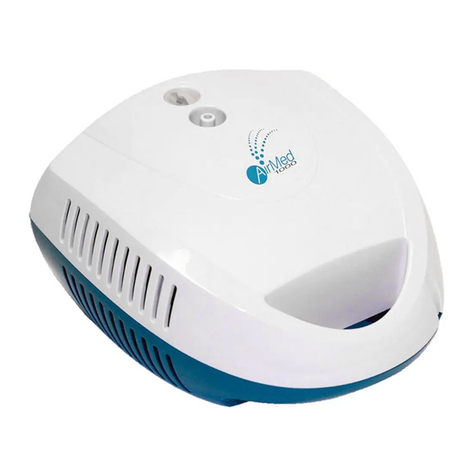
Clement Clarke
Clement Clarke AirMed 1000 User manual
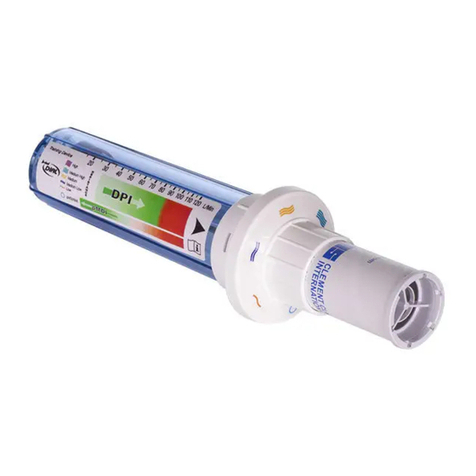
Clement Clarke
Clement Clarke In-Check DIAL G16 User manual
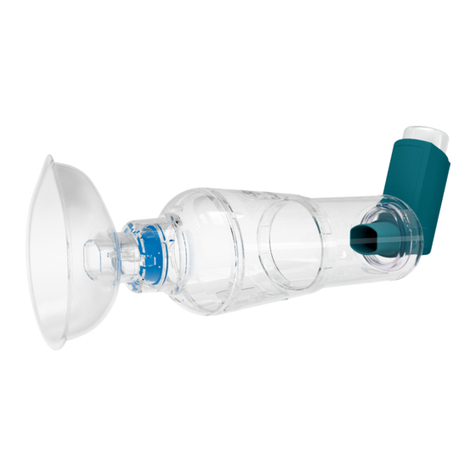
Clement Clarke
Clement Clarke A2A Spacer User manual
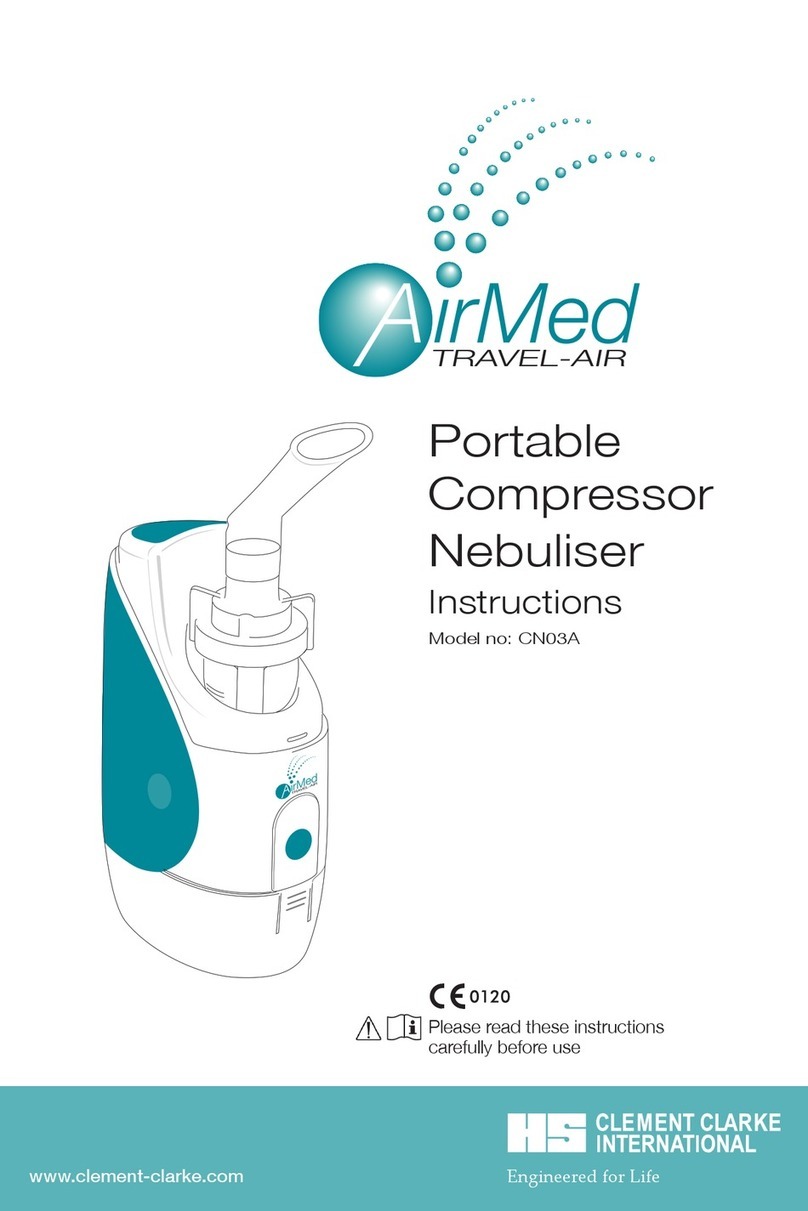
Clement Clarke
Clement Clarke AirMed Travel-Air CN03A User manual
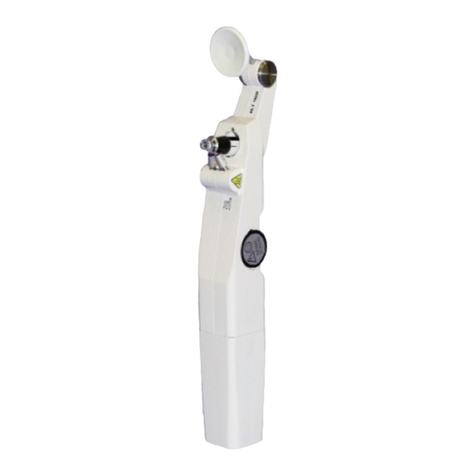
Clement Clarke
Clement Clarke Perkins Mk2 User manual
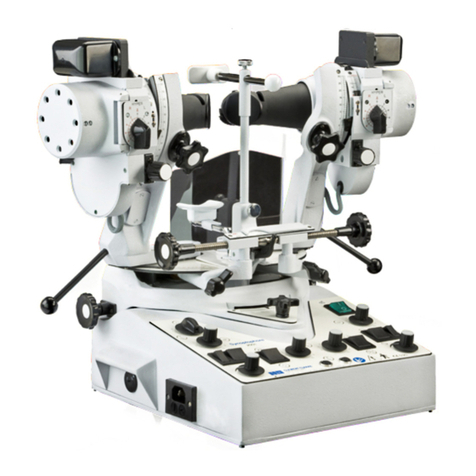
Clement Clarke
Clement Clarke 2001 User manual
Popular Medical Equipment manuals by other brands

Getinge
Getinge Arjohuntleigh Nimbus 3 Professional Instructions for use

Mettler Electronics
Mettler Electronics Sonicator 730 Maintenance manual

Pressalit Care
Pressalit Care R1100 Mounting instruction

Denas MS
Denas MS DENAS-T operating manual

bort medical
bort medical ActiveColor quick guide

AccuVein
AccuVein AV400 user manual
















